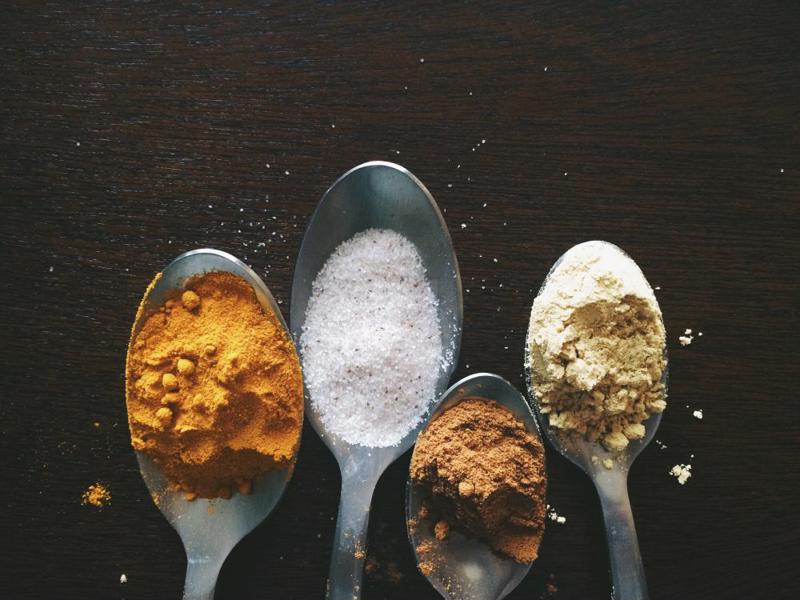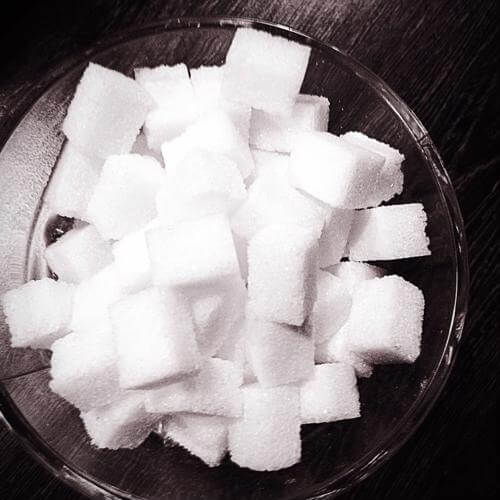Sweeteners that aren’t sugar or fake sugar

You know how important it is to include sweeteners in a variety of baked goods, as well as some savory pastries. The sweetness is often crucial for balancing out other flavors and either creating a pastry crust that serves as a background for a filling or the perfect taste for breads, croissants and many other dishes. You might not always want to use sugar or artificial sweeteners modeled after sugar’s distinct flavor to reach that right level of sweetness, however. As you continue to develop your passion for baking and pastry arts, consider these useful alternatives for getting just the right taste out of your baked goods.
 There are plenty of options available to make your baked goods sweet.
There are plenty of options available to make your baked goods sweet.Honey
Honey gets its sweet flavor from the sugary liquids that come from plants and certain insects, like aphids, that are consumed by bees, then processed through a variety of biological reactions into the final product. Already widely used as a condiment and found in certain baked goods and cereals, honey has been harnessed for its delicious flavor for thousands of years.
As Health.com pointed out, honey has trace amounts of a variety of vitamins and minerals, and may contribute to slower, steadier rises and falls in blood sugar, as opposed to the sometimes-problematic spikes seen with refined sugar. It’s also worth noting honey is slightly more calorically dense than sugar, although not by a substantial amount.
When you bake with honey, you should take four important factors into account, according to The Kitchn. Honey is sweeter than sugar, so you’ll want to use less of it, substituting each cup of sugar with between 1/3-2/3 of a cup of honey. You also need to reduce the amount of liquid in a recipe when substituting honey, as well as adding some baking soda and lowering the oven temperature to compensate for the many differences between honey and refined sugar. With these adjustments, you can create a delicious final product.
Agave syrup
Agave, native to Mexico and the southwestern U.S., isn’t only used to make tequila. Agave syrup relies on fructose, the same basic ingredient found in a variety of fruits and other plants like sugarcane, for its sweet flavor. Agave syrup, also called agave nectar, is an increasingly popular choice for a variety of dishes as a sugar substitute, can be used directly as a sweetener in beverages and has some industrial food applications like a binder for cereal.
Differences in flavor come from the variety of agave syrups produced. Lighter syrups have a more neutral flavor, while darker varieties bring a more unique taste, including hints of caramel.
Similar to honey, agave syrup is somewhat sweeter than refined sugar and must be replaced in recipes with that in mind. Livestrong recommended replacing each cup of sugar with 2/3 of a cup of agave syrup, as well as lowering the amount of other liquids involved, thoroughly mixing the syrup into the other ingredients, lowering the oven temperature and carefully preparing pans to avoid sticking.
Maple syrup
Most famously from Vermont, Quebec and points similarly far northeast – although produced as far south as Virginia, according to USA Today – maple syrup has long accompanied a variety of breakfast dishes. You can use it as a general sugar substitute, too. The Federation of Quebec Maple Syrup Producers suggested replacing each cup of sugar with 2/3 of a cup of maple syrup, as well as reducing the total amount of liquids in the recipe by roughly 1/4 of a cup and reducing oven temperature slightly. Just remember that maple syrup has a distinct, somewhat nutty flavor that comes out in everything from frosting to breads.



